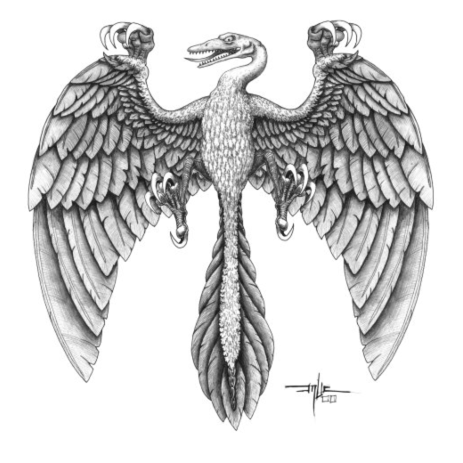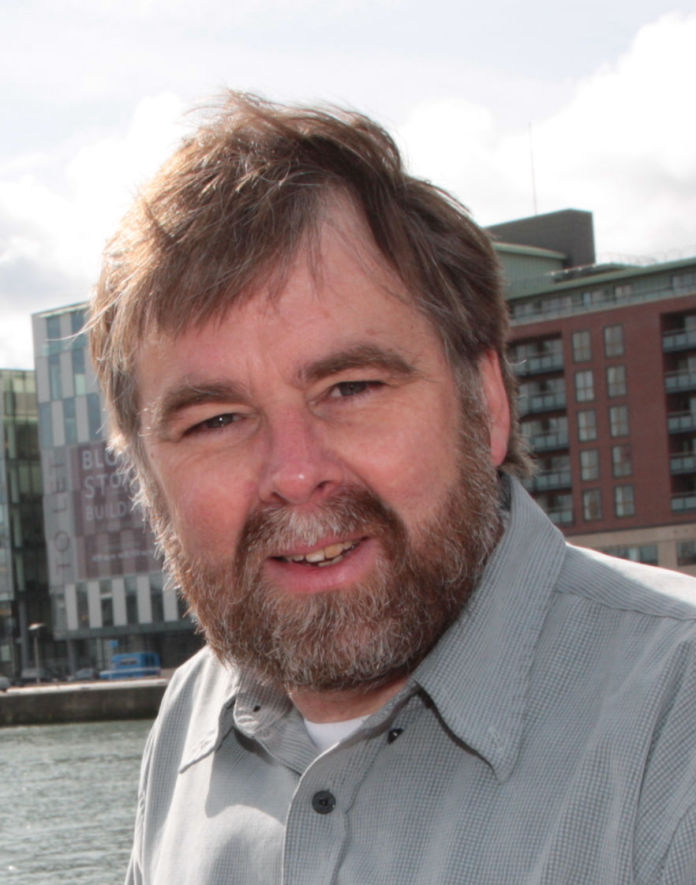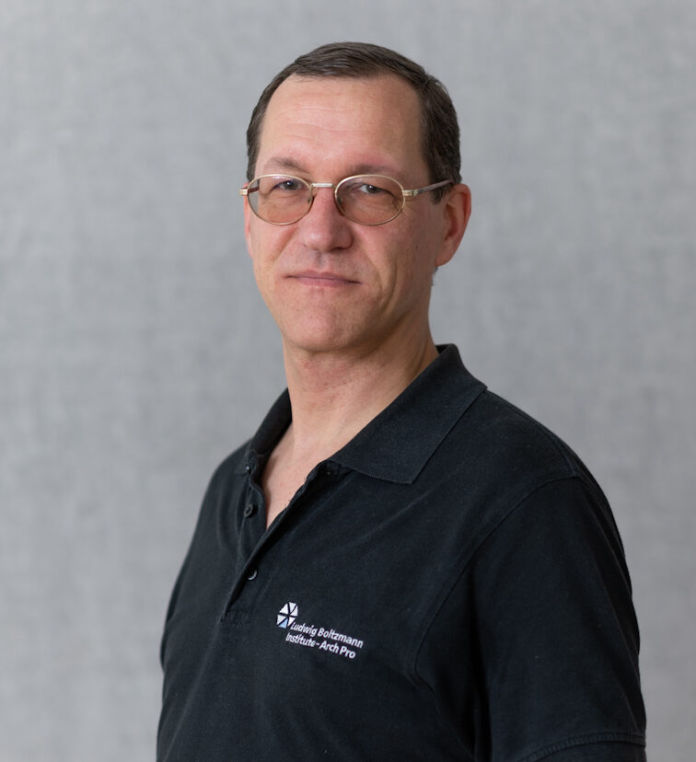Archaeoptics
Archaeoptics was the first 3D laser scanning service specialising in Cultural Heritage and pioneered the use of scanners in archaeology. Operating primarily between 2000 - 2006AD, Archaeoptics scanned over 500 heritage objects and monuments worldwide including Callanish, Stonehenge, the Mary Rose, Cutty Sark and St. Paul's Cathedral. Archaeoptics now offer 3D consultancy services and 2D/3D data archival services and recently published their entire historic archive of 3D scan data.
Follow us on Facebook and Twitter for updates on other 3D data releases!
Callanish Blackhouse Tearoom and Emma Rennie
Emma Rennie is a South African born 3d Graphic Artist and Photographer. She lives on the Isle of Lewis,Scotland out near the Callanish Standing stones and owns the ruin of a Blackhouse (traditional stone, thatched island home) adjacent to the main site at Callanish. It is currently being prepared for restoration - callanishblackhousetearoom.com
Over the years, she has become a skilled photographer of the moon, the stones, stars, aurora, zodiacal light, moonbows and so much more. Her work can be seen at callanishdigitaldesign.com.
Follow Emma for amazing pictures and prints and maybe help with the restoration of the blackhouse!



